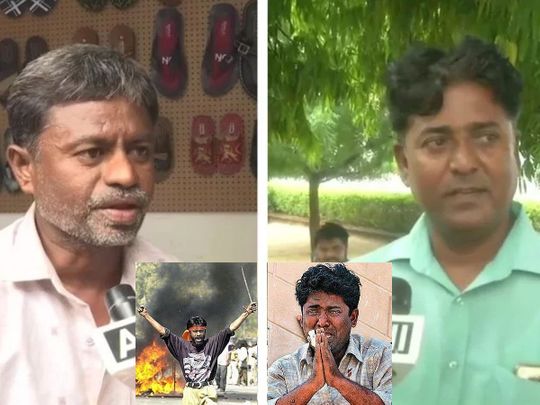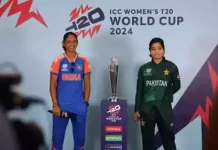Infamous Gujarat 2002 riot has started to haunt thousand of people as national capital Delhi is seeing one of the most unprecedented fury of violence in which mobs are openly attacking Muslims,looting their business and desecrating houses of worship. On the other hand PM Modi’s home state Gujarat sees violence for the last three days. In Anand district, Khambhat still feels uneasy calm, as Gujarat 2002 riots anniversary falls on 27th February,2020
Close on the heels of communal riots in Khambhat of Anand district of Gujarat the BJP government in Gujarat has blamed local “demographic changes” for such incidents and decided to impose the Disturbed Areas Act in some parts of the town which is aimed at preventing distress sale of properties in communally-sensitive areas.
The town has been on the boil since February 23 when clashes broke out between two communities. “Such clashes are happening because of demographic changes. As demanded by the people of Khambhat, the government has decided to start the process of imposing the Disturbed Areas Act in areas where such incidents are happening regularly. “We have taken this decision to stop further changes in the local demography,” Gujarat Minister of State for Home, Pradeepsinh Jadeja told reporters in Gandhinagar on Tuesday.
The Disturbed Areas Act is currently in force in parts of Ahmedabad, Vadodara, Surat, Bharuch, Kapadvanj, Anand and Godhra towns.Ahmedabad is a segregated city: you will not find many buildings or neighborhoods where Hindus and Muslims live together. Muslims are forced to live in ghettos, excluded from the development of the rest of the city and state. Nearly 800,000 people have been displaced by conflict and violence in India, according to the Geneva-based Internal Displacement Monitoring Centre. The data is not specific to communal violence.
Muslims displaced by communal violence are often too fearful to return to their homes, and have asked the government to relocate them. But government officials say that would promote division rather than unity between Muslims and Hindus, who make up about 80 percent of India’s population.
But informal rules and deep-rooted biases are eroding the multi-cultural nature of India’s cities and dividing communities into ghettos, analysts say. Horrific as the Gujarat riots were, they were not solely responsible for the segregation in the state.
A property law unique to Gujarat, the birthplace of India’s founding father Mahatma Gandhi, helped create ghettos and a sense of apartheid in its urban areas well before 2002.
The “Disturbed Areas Act” (1991), a law that restricts Muslims and Hindus from selling property to each other in “sensitive” areas, was meant to avert an exodus or distress sales in neighborhoods hit by inter-religious unrest.
The state, headed at the time by Prime Minister Narendra Modi, amended the law in 2009 to give local officials more power in property sales.
It also extended the reach of the law, saying it was doing so to protect Muslims, who make up about 10 percent of the state’s 63 million people.But critics say the act’s enforcement and the addition of new districts under it – about 40 percent of Ahmedabad is governed by the law – means it is being applied as a tool of social engineering.
Although Indian courts have almost exonerated Modi in this case, most Muslims in India still believe that Modi was responsible for Gujarat massacre. The less said about the Indian courts, the better. As a result, the U.S. administration had denied visa to Modi in view of the allegations of human rights violations against him in the 2002 incidents of riots and carnage.
The complicity of Delhi Police in the current riots is similar to the state-directed violence in Gujarat. It is one of the many incidents during the past few weeks when the police have allowed the goons to attack the protesters who oppose the anti-people policies of the Modi government.
As the government is also using brute force to suppress democratic dissent, nearly 40 people have been killed and hundreds of others received serious injuries in the state-sponsored violence in different parts of India.

































